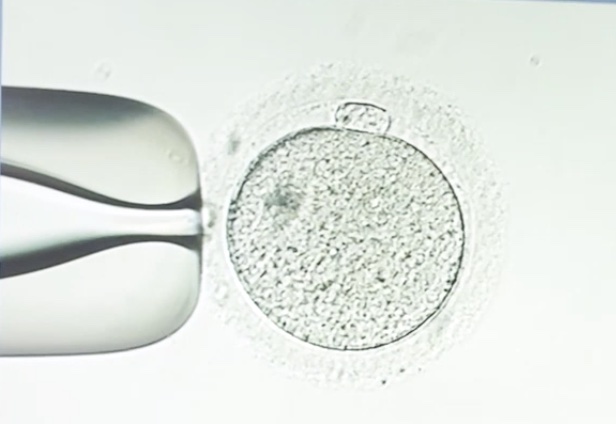ICSI Perth
ICSI treatment Perth
ICSI explained in a nutshell
If you don’t know yet what ICSI stands for, I recommend this page where I explain ICSI treatment in great detail, including why ICSI may be your best option in certain situations.
In summary, your fertility specialist may recommend ICSI (or intracytoplasmic sperm injection) if your infertility is related to low sperm count or motility, or if the sperm has high abnormalities, and your previous IVF cycles have demonstrated failed fertilisation.
In IVF, an extracted egg is surrounded by a hundred thousand sperm in a laboratory dish, and fertilisation happens by letting nature take its course. With ICSI however, a single sperm is selected, based on how it looks, and how it moves. The single sperm is then injected into the cytoplasm of the egg. It is a more invasive procedure and that is why we only reserve it for couples with an indication of severe male infertility or failed fertilisation. We also use it when embryos undergo Preimplantation Genetic Testing (PGT). Keep reading, as we will show you exactly how it is done by our clinical embryologist, here at our Perth laboratory.
ICSI procedure Perth
Behind the scenes of an ICSI procedure
“The video starts with Jason preparing the ICSI dish. You will see how he first adds the sperm to the dish. This happens in the warming crib, as the ambient temperature impacts the results.”
Next, the embryologist adds the eggs to the dish - in this case, 4 eggs are added. Now both parts - eggs and sperm - are ready on the dish. The actual ‘baby-making’ happens next, under a microscope, using a micromanipulator.
In the video, you will see Jason preparing the injection pipette before he chooses the ‘lucky sperm’.
“He’s on the lookout for a sperm that is swimming well and looks normal. Once he has chosen the lucky one, he brings it closer to the egg. The big pipette you’ll see in the video is the so-called ‘holding pipette’, to keep the egg steady. Once it’s steady and in the right position, he injects the single sperm into the egg. ”
Depending on the number of eggs that were retrieved, this process will be repeated for every single egg.
From then on, the ICSI procedure is exactly the same as an IVF procedure. In short, the fertilised eggs are incubated for several days in the lab, and about 5 days after you came in for your egg retrieval, your embryo is transferred back into your womb. Surplus embryos are rapidly frozen and stored at our facilities to use at a later stage. In some cases, all embryos are frozen to be used later on.
ICSI video
My purpose
“By now, I hope you have watched Jason injecting a single sperm into an egg. I hope this video will help you understand what ICSI is, and how it differs from IVF treatment. My purpose is to help couples fall pregnant. In many cases, IVF is suitable but for some ICSI is a better option.”


